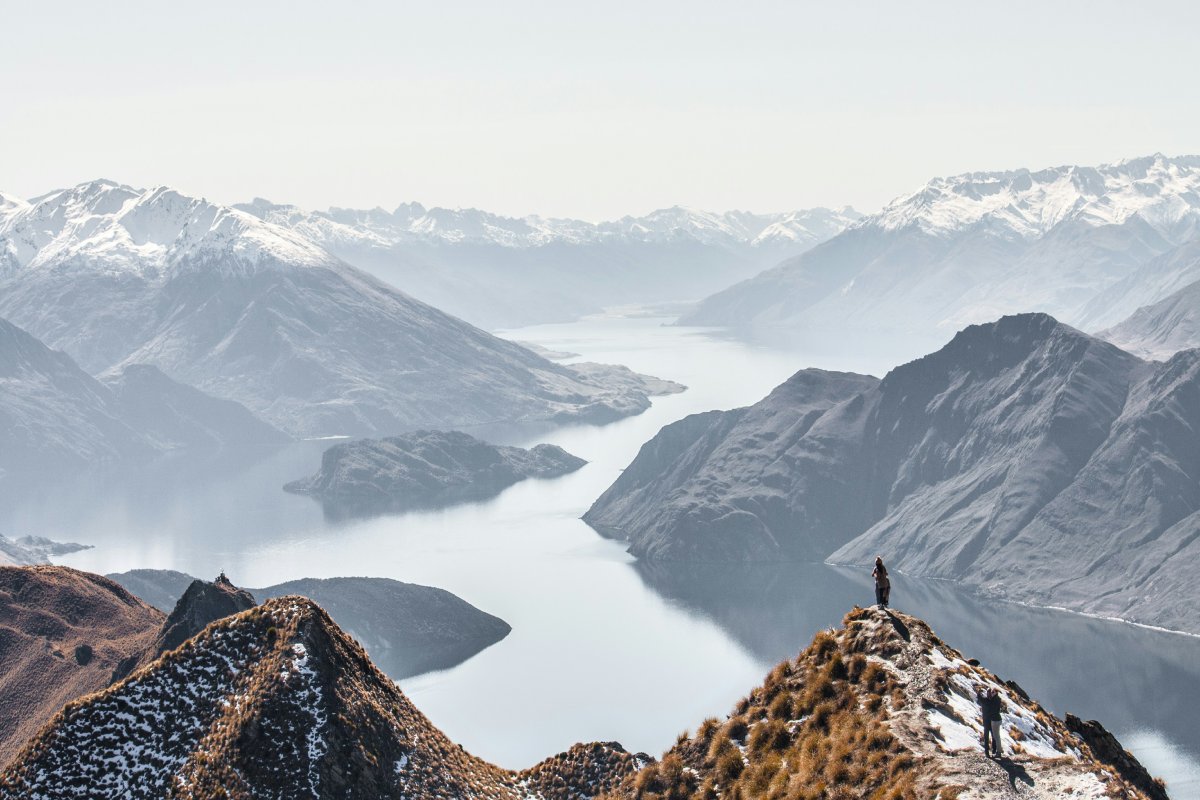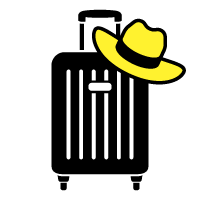New Zealand Woos American Travelers Beyond Peak Season

Skift Take

Leaders of Travel: Skift C-Suite Series
What are the top trends impacting hotels, airlines, and online bookings? We speak to the executives shaping the future of travel.New Zealand is eager to get its tourism sector back to full-throttle after the country was entirely shut during the pandemic. One way to do this is to attract more tourists beyond the popular December to February months.
Tourism is typically its number-one employer, but overseas visitation is still around 20% off its pre-pandemic level. The destination was late to fully open to international travelers, having reopened its borders in July 2022.
We spoke with Tourism New Zealand boss René de Monchy about the country's recovery and push to draw more visitors beyond its summer.
This interview has been edited for brevity.
Americans and Canadians Flock to New ZealandThe North American market has been pretty strong for you this year. What's driving it?
There is a nice tailwind from a positive foreign exchange rate. The U.S. dollar has been strong relative to the New Zealand dollar. We had about 120% more American arrivals over the summer just gone compared with pre-pandemic.
We are more connected to North America from a flight p
